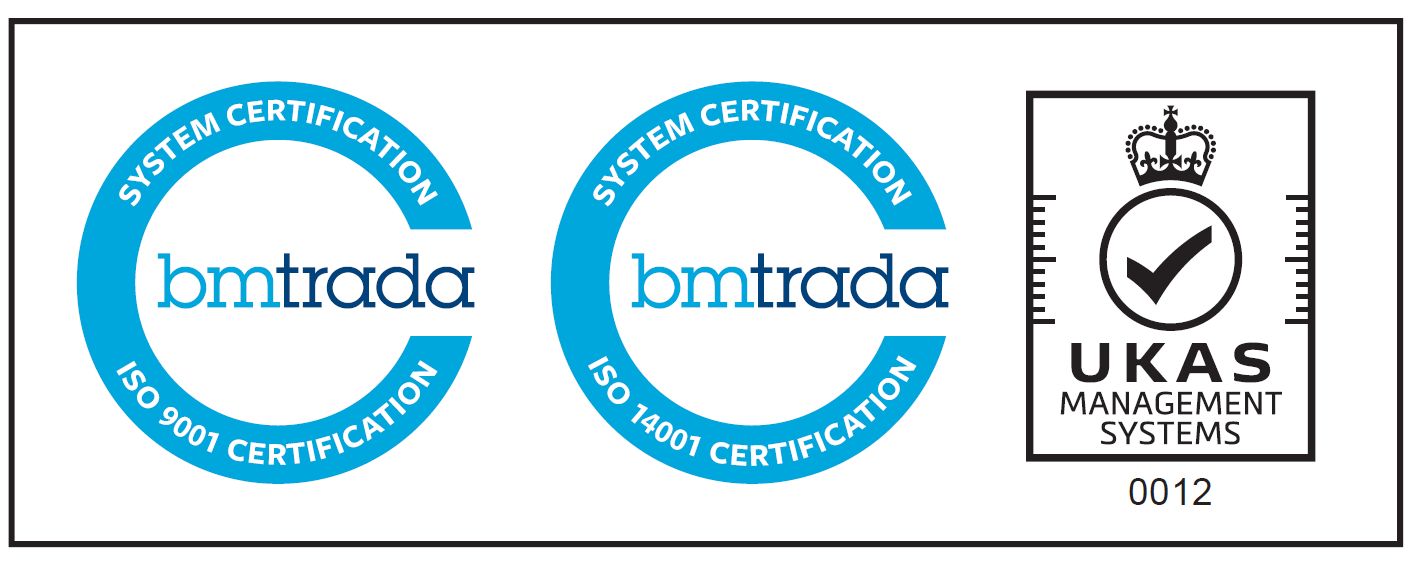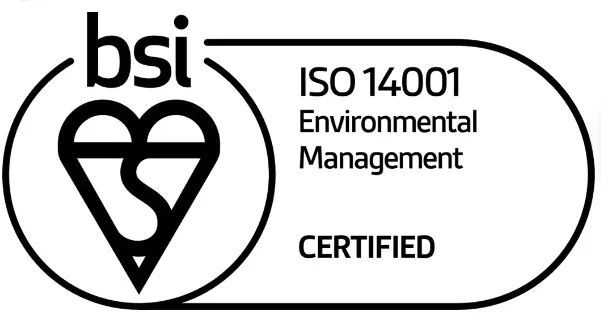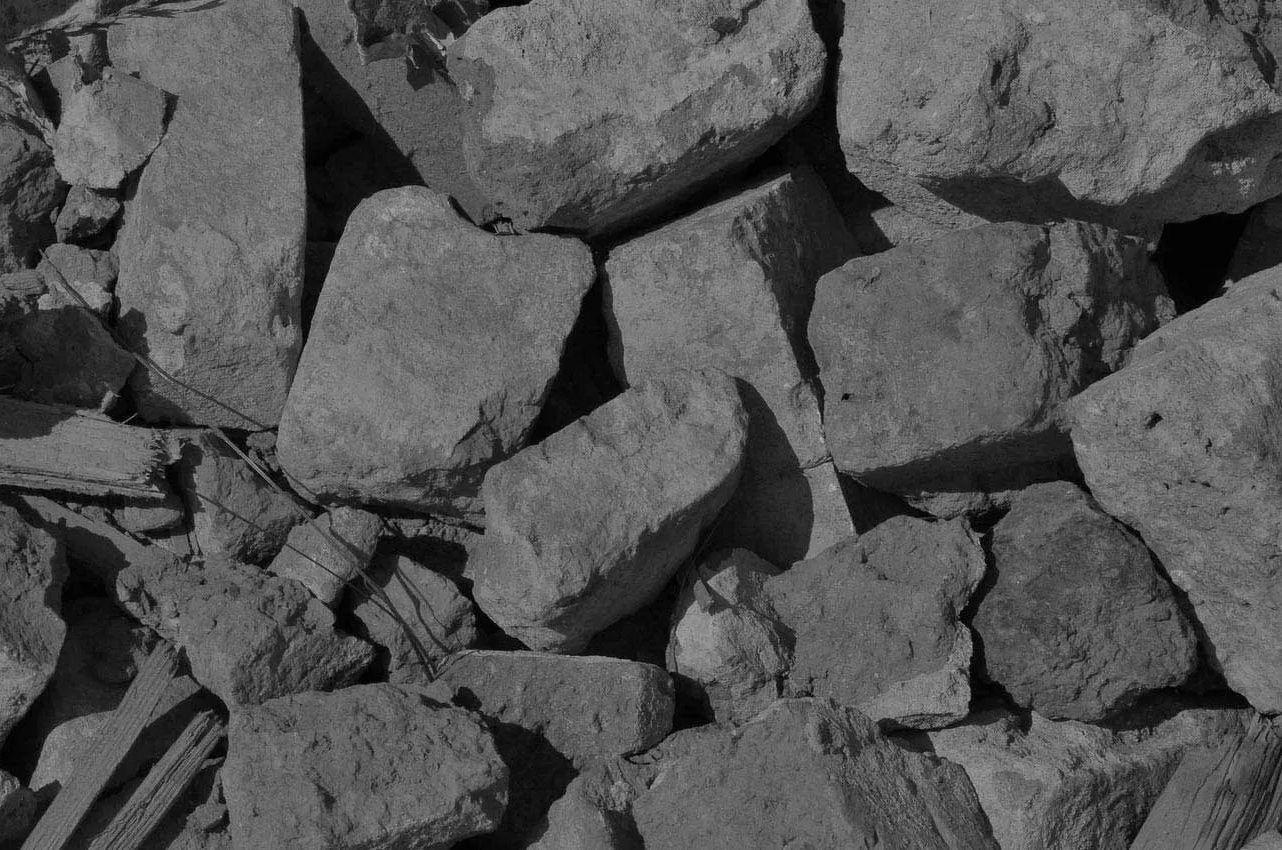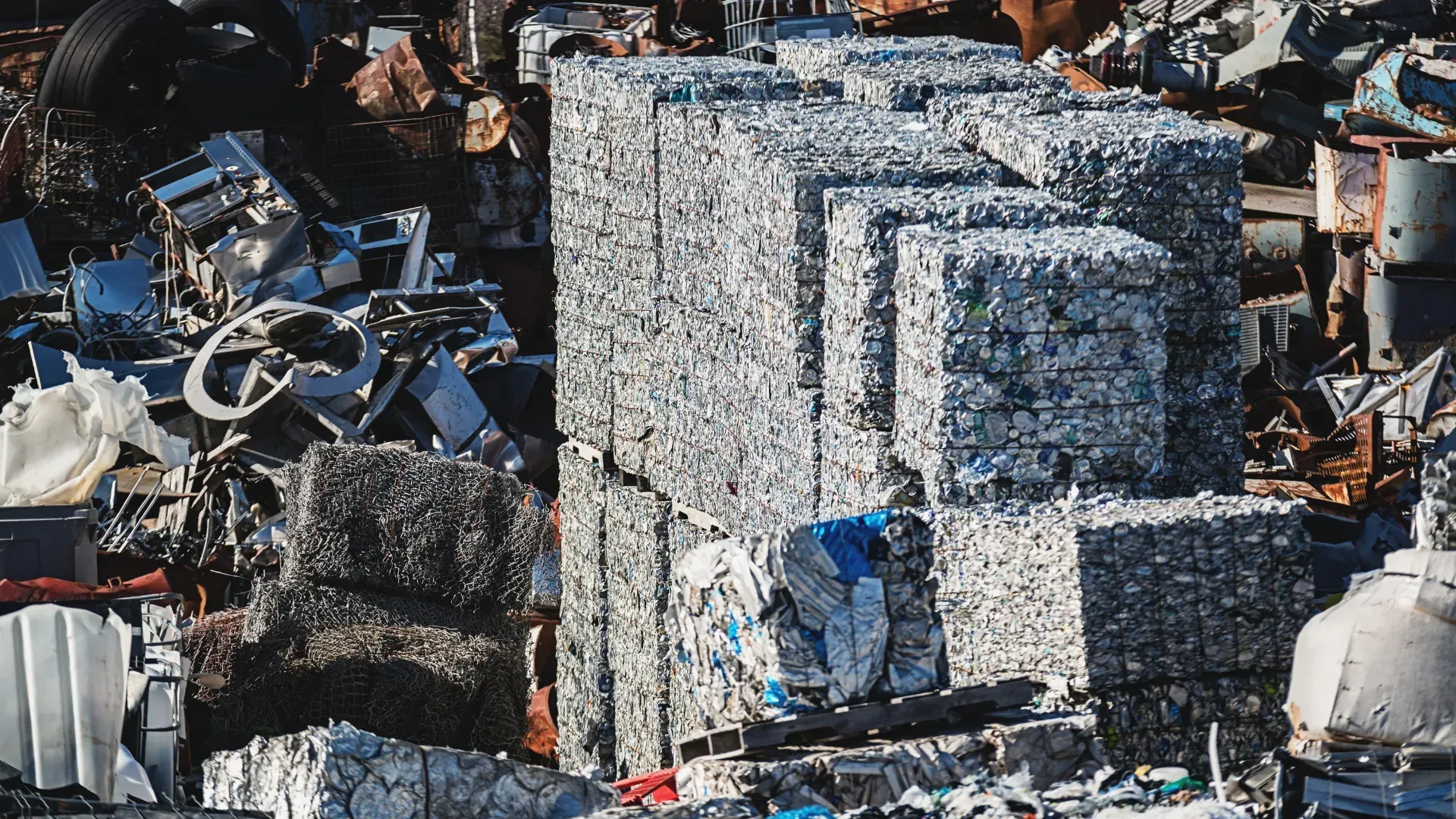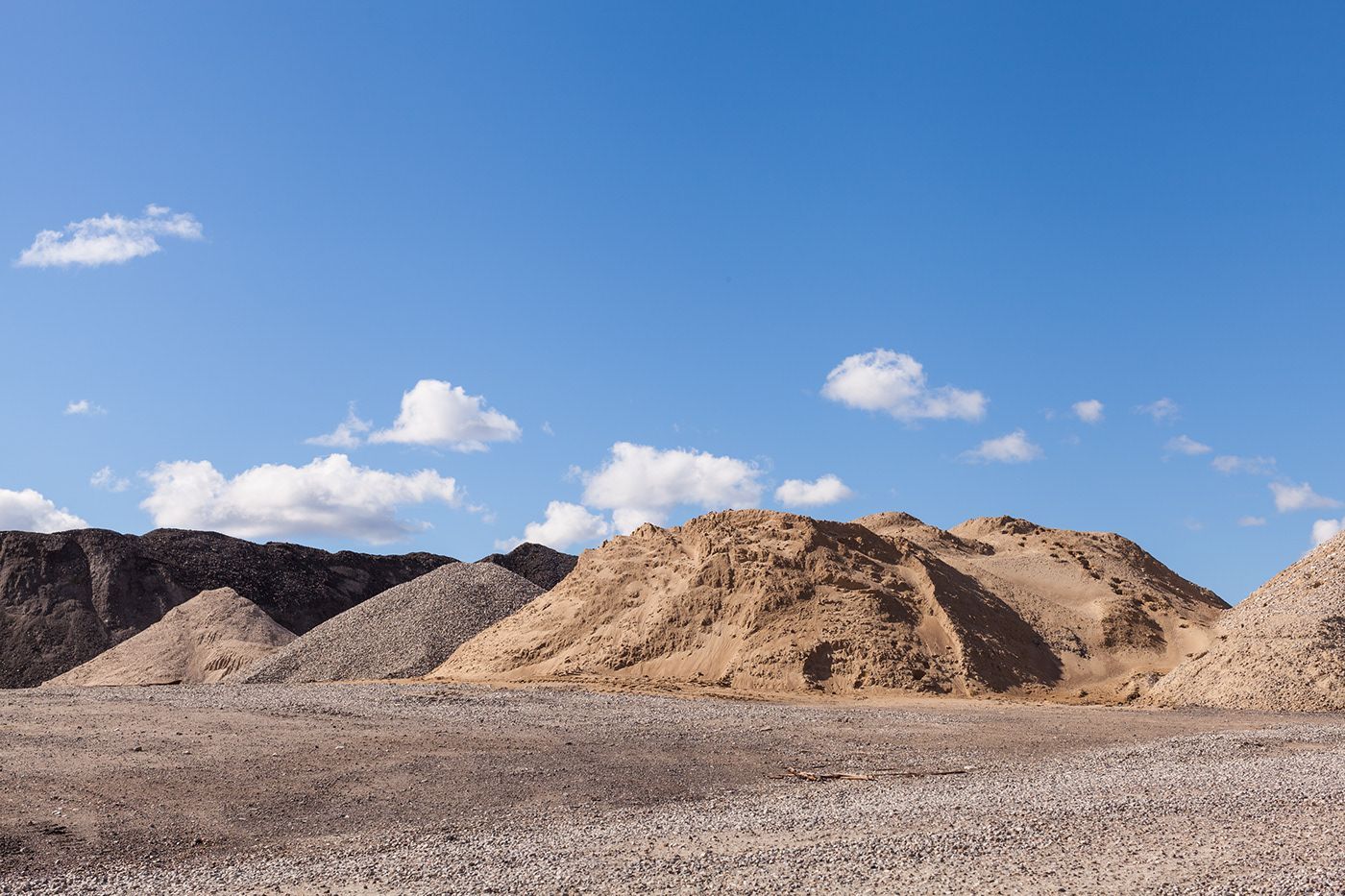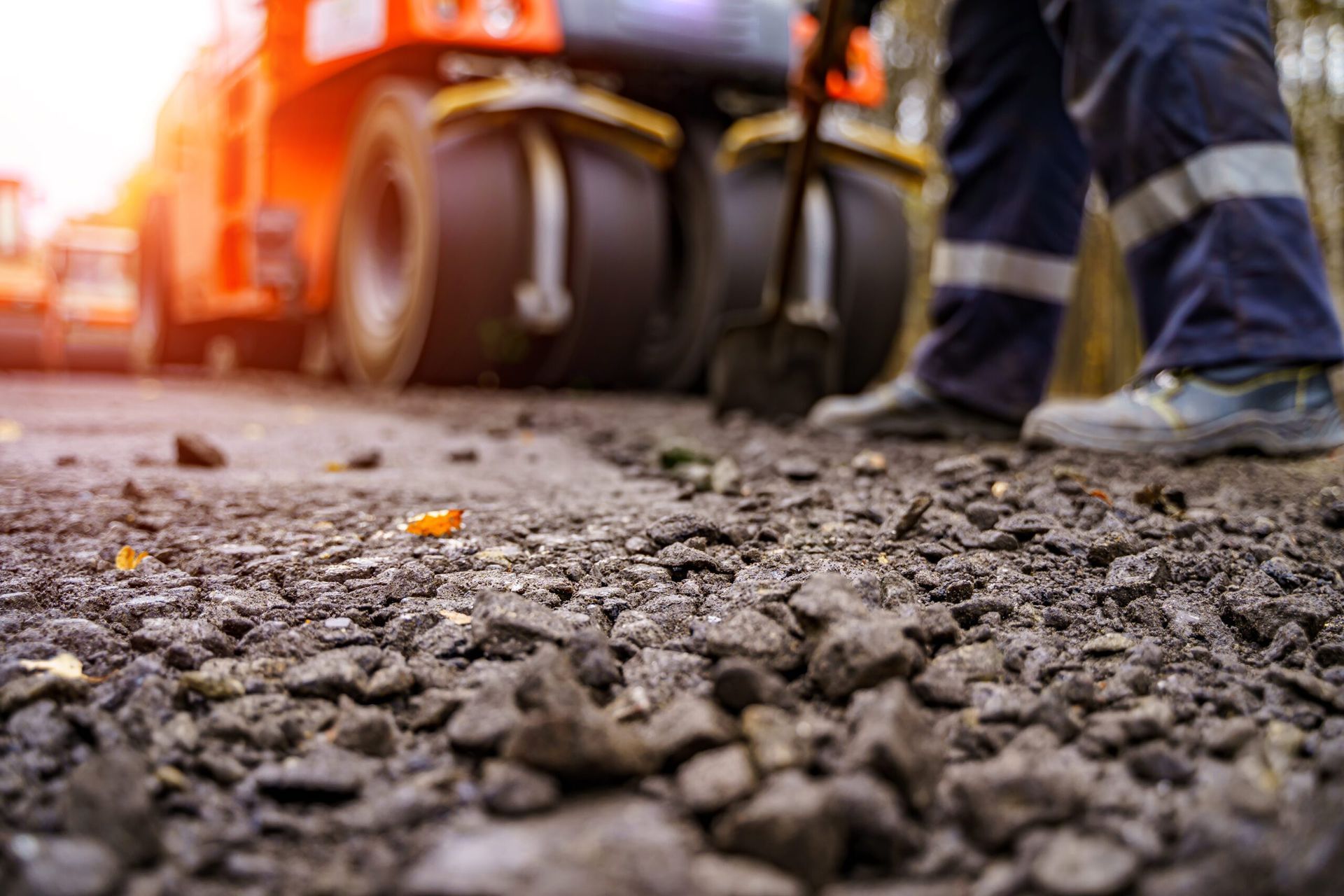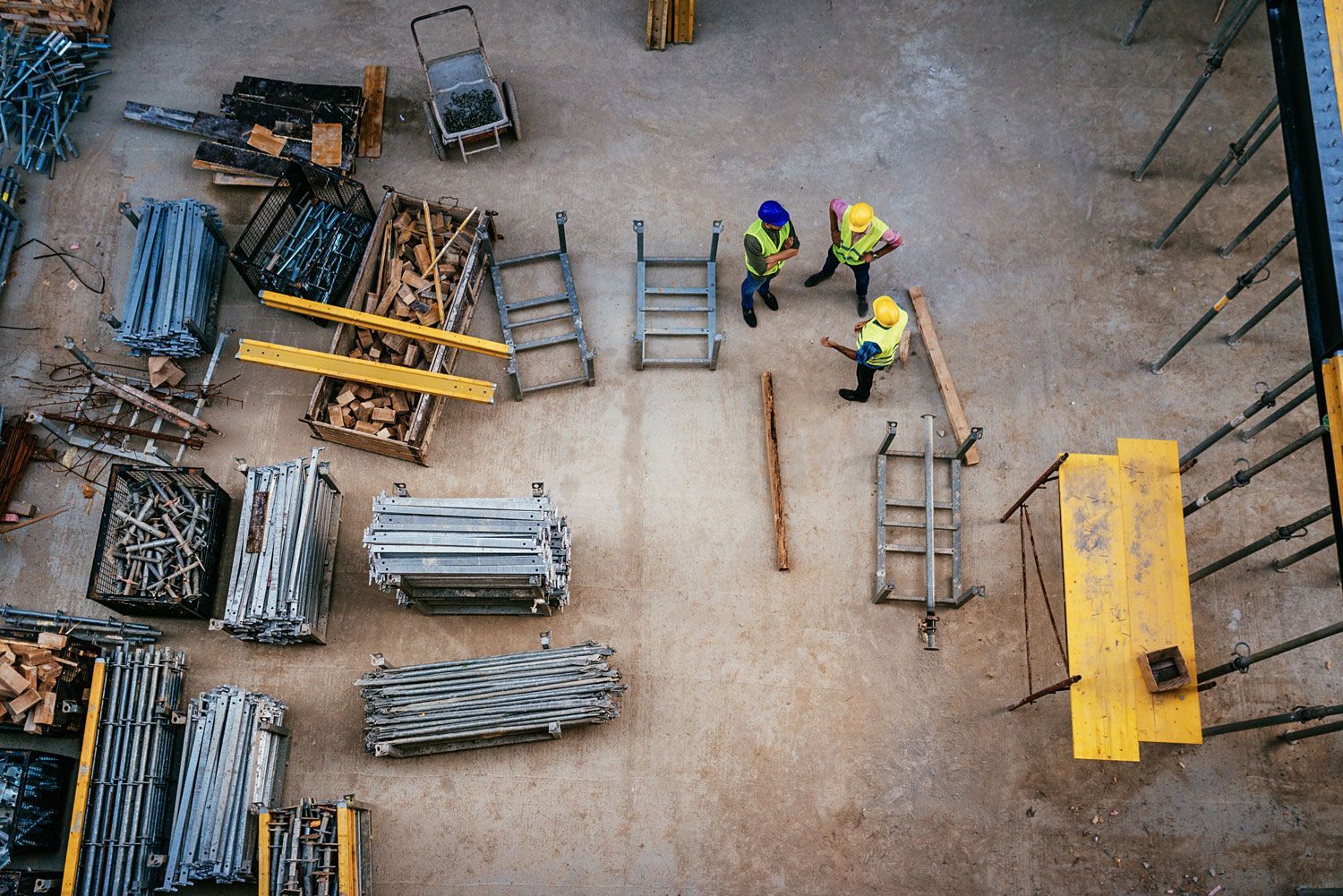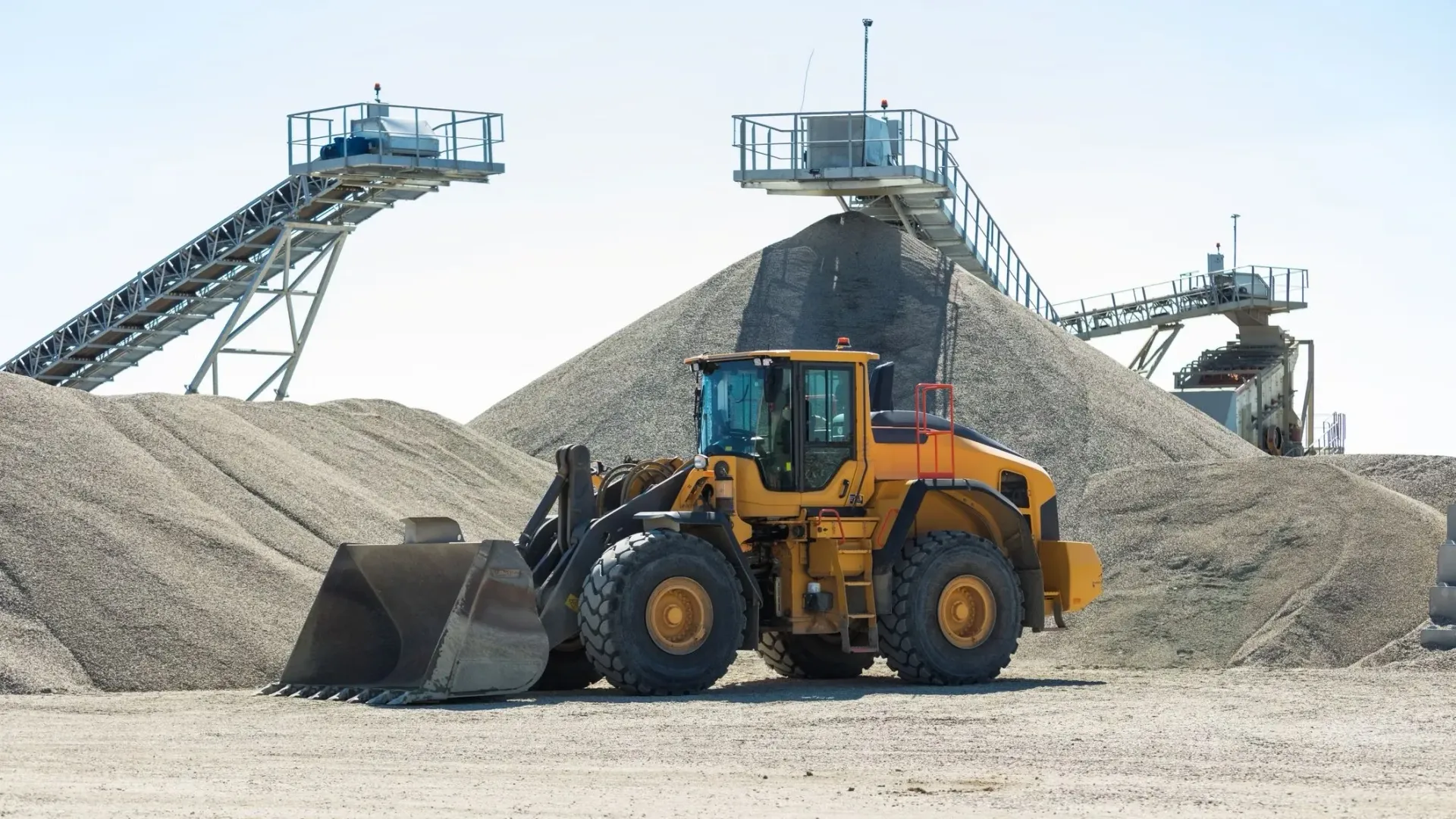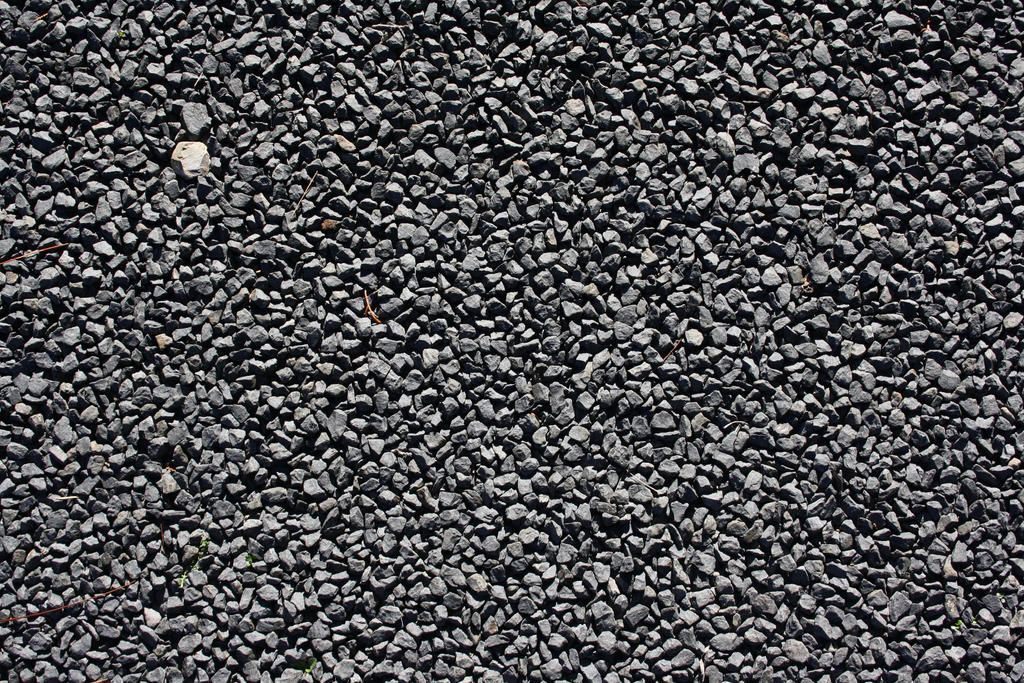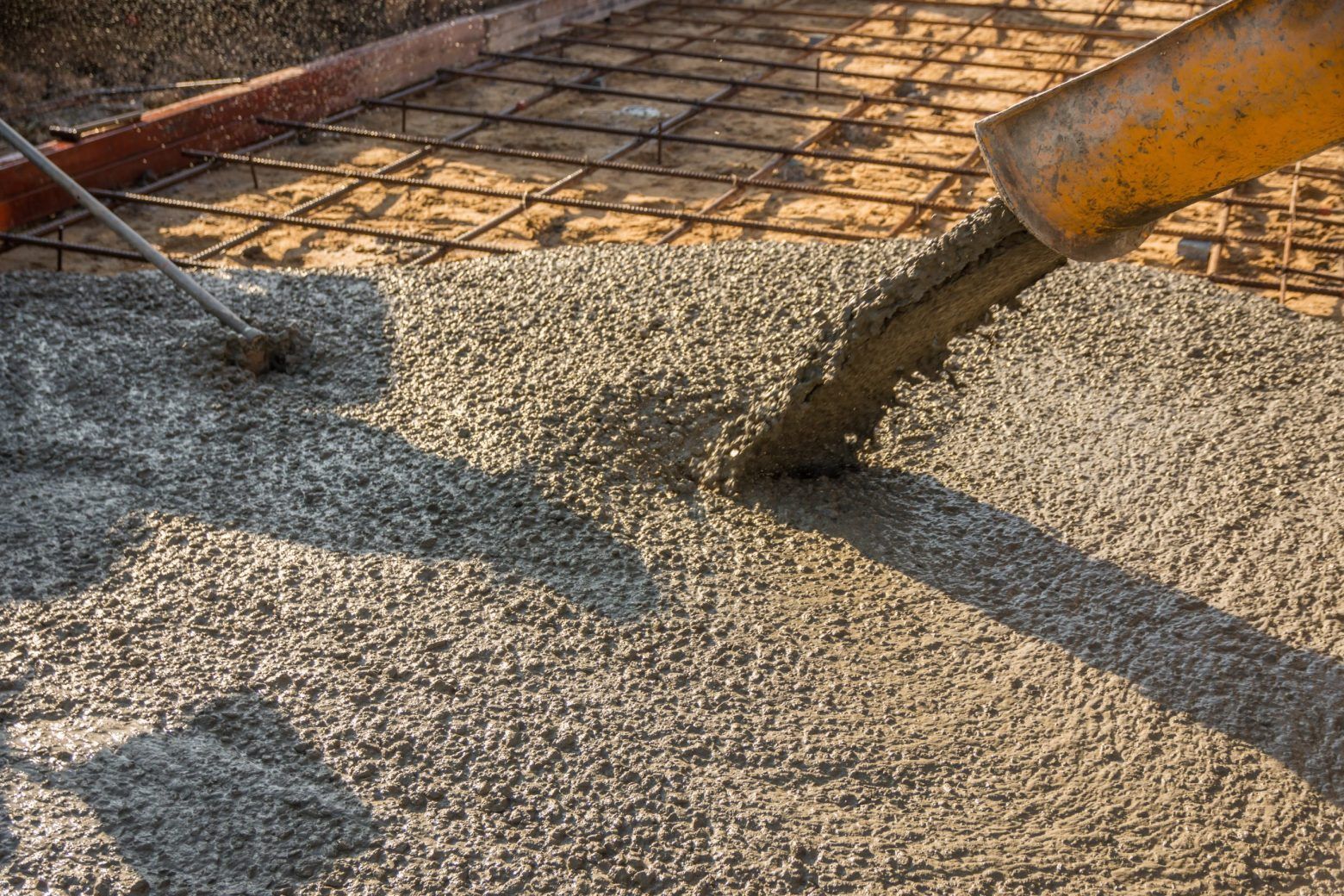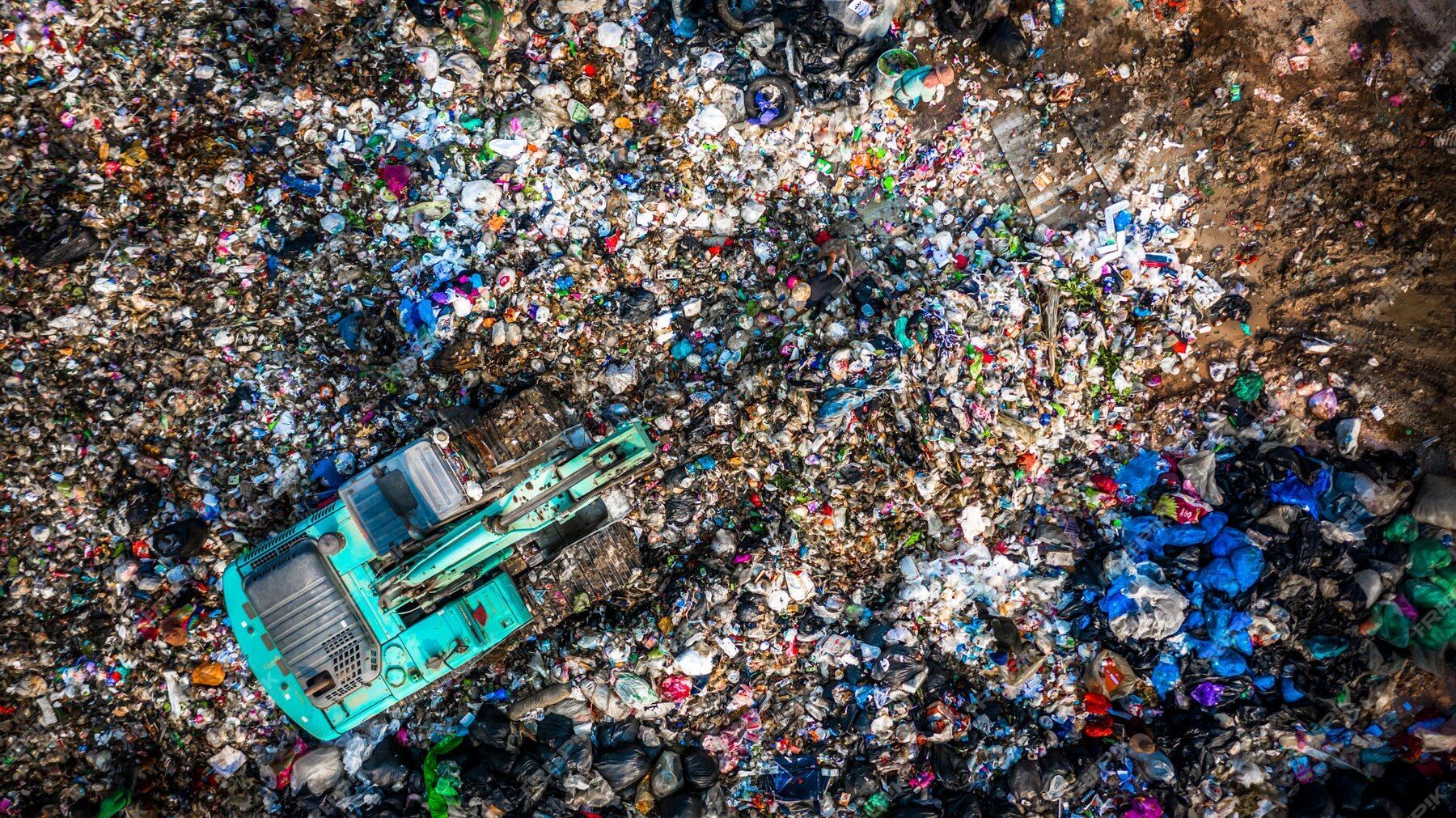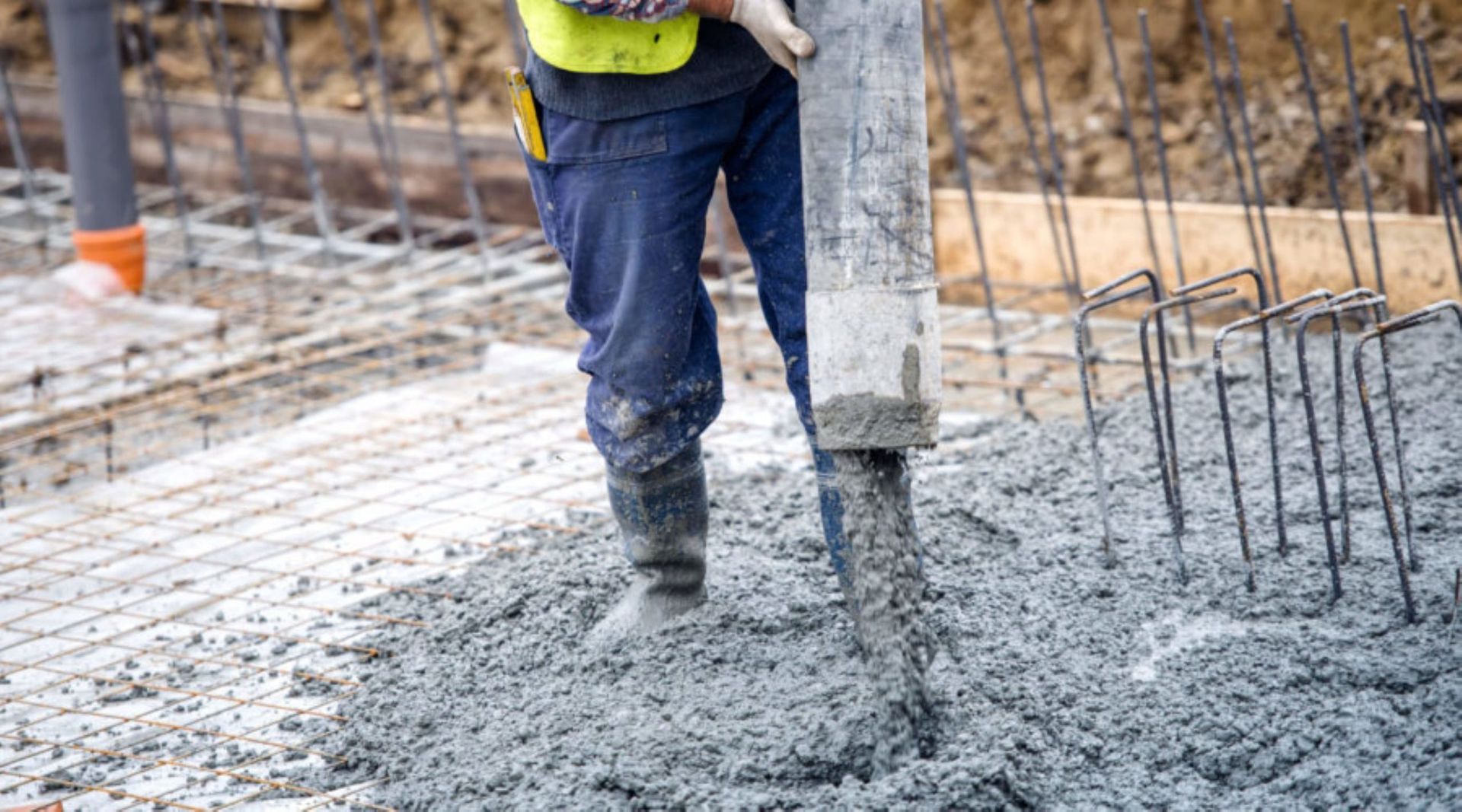What Products Does a Quarry Produce?
If there is a quarry near you, it may be surprising to learn just how many products are produced there. It’s more than simply chunks of rock, which is what many people assume. There are many other options brought out of a quarry. Read on to learn more about these.
What Is a Quarry?
A quarry is essentially a deep pit where rock or stone is extracted. You could also consider it an open mine for rock. Different quarries offer different types of rock, so you may have a granite quarry or a limestone quarry.
What Comes From a Quarry
Most quarry products are sold to construction companies.
These include:
Crusher Run: This is a mix of different types of aggregates. The quarry will mix crushed stone with stone dust to reduce the amount of air between the bits of rock. When spread under a driveway or on a sidewalk, the crusher run forms a nice solid surface that is ideal for pouring concrete over or laying pavers. It’s most often used as a base under concrete. Crusher run is generally laid over the subgrade and spread out with a machine. Most bases require at least four inches of crusher run and this is then compacted by a skidsteer to create a firm sub-base for the driveway or path.
Drainage Stone: Designed to improve drainage, drainage stone is simply made up of porous gravel that will help water drain. It’s usually available in three or four sizes, including 1 ½ inch, ¾ inch, 7/9 inch, and 3/8 inch. Depending on whether the rock will be seen or not, you may choose from rounded or chunky and there are often different colours available. The colour will depend on the quarry it was mined in.
Gabion Stone: When it comes to preventing erosion or creating a retaining wall, gabion stone is ideal. The large chunks of stone, usually ranging from 4-12 inches, are compacted inside a square mesh cage to create blocks of rock. These may be stacked in any configuration but are commonly used to prevent slopes from washing down. These baskets are also used to create blockages in rivers and streams and to divert the water. They are frequently used to create fences or walls around protected areas, as well. You may notice them beside roads, where they are meant to absorb the impact from a vehicle that may hit the barrier.
Armour Stone: These stones are large enough to protect shorelines from erosion, as well as rivers and other areas that are in danger. The armour stone is frequently used to build retaining walls or channels, as well. There are two main types of armour stone. The first is chunks of rock that may come in different sizes and shapes but are generally graded to be sold in similar sizes. The second is made of carefully cut blocks that are uniform in size and shape. These are easier to stack and build walls with. The main advantage of an armour wall is that the rocks are huge and they are almost impossible for anyone to move. Once in place, they will remain there and are highly durable.
Whindust: When stones are crushed or ground up, there is a fine dust that is the by-product of this. Called whindust, it’s actually quite useful in its own right. It is used by construction firms to spread over any type of aggregates on paths or driveways. The fine dust settles in and creates a nice compact surface without the need for bitumen or concrete.
Sand: There are so many types of sand that it could be its own article. However, you’ll find that most quarries offer a few specific options, usually meant for construction work. Since sand compresses nicely, it can be used under paths and paving stones. It also works well mixed into concrete to help make the building stronger.
Here are some of the more common types of sand:
Fill sand is a mixture of sand and aggregates. It’s usually used to fill up holes and used to lay paving stones and for mixing concrete. Fill sand also helps improve drainage.
Coarse sand is the most commonly used sand in construction. It may be used to bed septic systems, pipes, and as a base for paths. It’s also mixed into concrete along with aggregates to make the concrete stronger.
Utility sand is very easy to compact and is often used in areas where there are corrosives. It won’t react to these and is quite uniform, so it’s poured into concrete mixers whenever possible. It creates durability in the building’s foundation.
Fine sand is more useful for finishes in the house. If you’re plastering the outside, you may use fine sand to create the perfect look. It’s also mixed into concrete, usually with other types of sand, to create a stronger mixture.
Each type of construction sand is useful in its own way and they all have a purpose in the building.
Crushed Stone: Crushed rocks are usually man-made, having been crushed in a machine to break up the larger pieces of rock. This ends up making pieces that have sharp edges and hard angles. These tend to lock together which makes the crushed stone ideal for driveways and paths, as the stones will lock in and barely shift. The crushed stone is also useful in concrete mixing and it tends to provide good drainage, as well. As a product, it ranges from stone dust size to fist-sized. The colours will depend on the quarry it was extracted from.
Gravel: In general, gravel is similar to crushed stone, but tends to be more rounded and softer. It comes in a range of sizes and is often used as a decorative finish in the garden. The rounded pebbles mean that it’s harder to lock the pieces and they will tend to roll underfoot. However, they are more decorative.
Recycled Products: Not everything sold by the quarry is directly from the quarry. You already know about the rock crushers that are used to break up larger pieces of rock. These can be used to break up concrete and old gravel to create new aggregates. This type of recycling is important, as it helps keep concrete out of the landfills. When crushed, it works very well as an aggregate and may be reused multiple times.
A quarry that reuses as many products as possible is as eco-friendly as it can be. While many will argue that mining stone is not ideal, it makes excellent options for preventing erosion, channelling rivers and streams to prevent damage, and it is also useful for creating retaining walls. You have many choices when it comes to selecting products from a quarry. From giant boulders to fine sand and dust, there’s something for every rock need. You can use gravel and whin dust, armour rock and crushed stone all in the same building project.
As you can see, your local quarry is a good option for you to find everything you need in terms of aggregates and more.
Where to Find Quarry Products Near You
There is likely a quarry close to you. You can search for one online or simply look for quarry products, such as aggregates and sand. These may lead you to a quarry. Of course, at William Thompson & Sons, we provide a wide variety of products you can use in your construction projects. Contact us today to learn more about our quarry products.
